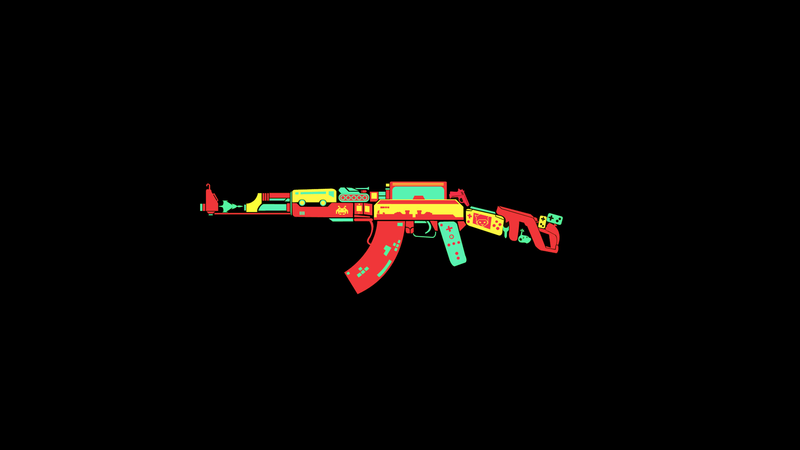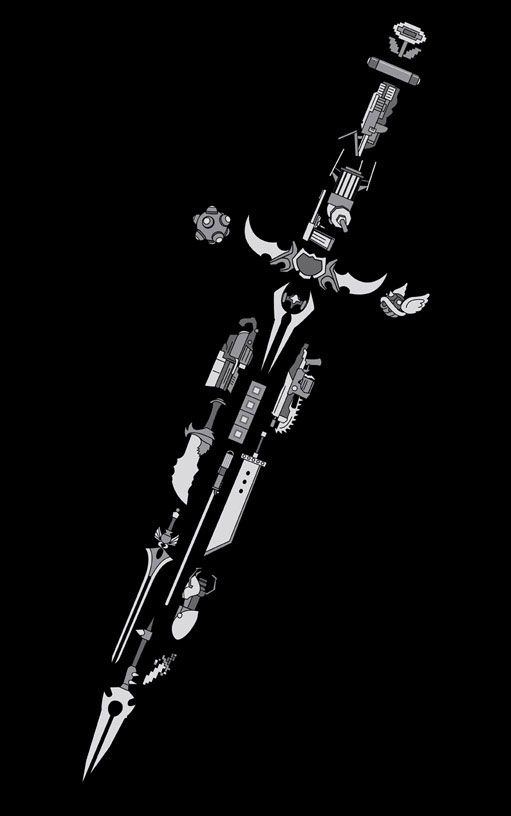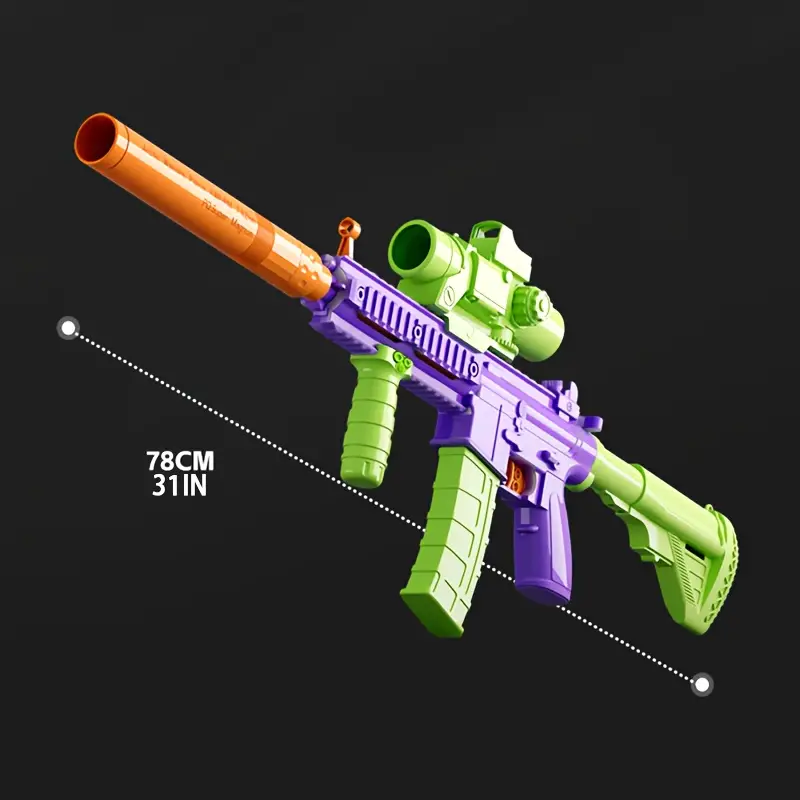Evolution of Weapon Design in Game Development
In the ever-evolving landscape of video game development, one aspect that continually captivates players is the design of weapons within the game world. From primitive tools to futuristic armaments, the evolution of weapon design in gaming mirrors advancements in technology, storytelling, and player engagement. This article delves into the fascinating journey of weapon design throughout the history of game development, exploring its impact on gameplay, immersion, and narrative.

The Early Days: From Pixels to Polygons
In the nascent stages of gaming, the limitations of hardware often dictated the simplicity of weapon design. Early games featured basic pixelated representations of weapons, such as swords, bows, and simple firearms. Despite their crude appearance, these weapons laid the foundation for the imaginative worlds and epic battles that would define the gaming industry in later years.
As technology progressed and graphical capabilities improved, developers began to experiment with more detailed and realistic weapon designs. The transition from 2D sprites to 3D models opened up new possibilities for creativity and immersion, allowing players to wield intricately crafted weapons that felt tangible within the virtual world.
The Rise of Realism and Authenticity
With the advent of powerful gaming consoles and PCs, developers sought to imbue their games with a greater sense of realism and authenticity. This drive for authenticity led to meticulous attention to detail in weapon design, with developers drawing inspiration from real-world firearms, historical weaponry, and cultural artifacts.
Games like the “Call of Duty” and “Battlefield” series set a new standard for realism in weapon design, meticulously recreating the look, feel, and sound of authentic firearms. Players reveled in the opportunity to wield iconic weapons from different eras and engage in intense, immersive combat scenarios.

Pushing the Boundaries of Creativity
While realism remains a driving force in weapon design, many developers also embrace creativity and imagination in crafting unique and fantastical armaments. From energy swords to gravity-defying blasters, the realm of speculative fiction offers endless possibilities for inventive weapon design.
Games like “Halo,” “Destiny,” and “Overwatch” showcase the creative prowess of developers in designing weapons that are not bound by the constraints of reality. These futuristic weapons not only serve as powerful tools for gameplay but also contribute to the rich lore and world-building of their respective universes.
Weapon Design as Narrative Device
Beyond their utility in gameplay, weapons also serve as potent narrative devices, reflecting the themes, aesthetics, and cultures of the game world. Whether it’s a legendary sword passed down through generations or a weapon of mass destruction sought by warring factions, the design of weapons can enrich the storytelling experience and deepen player immersion.
In games like “The Legend of Zelda” series, weapons are imbued with mythic significance, each possessing unique abilities and histories that contribute to the game’s rich lore. Similarly, in narrative-driven games like “The Last of Us” and “BioShock,” weapons play a pivotal role in shaping the player’s journey and emotional engagement with the storyline.
Read about also: Narrative Integration of Weapons in Game Development.
Looking Ahead: The Future of Weapon Design
As technology continues to advance and game development techniques evolve, the future of weapon design holds exciting possibilities. From photorealistic renderings to immersive virtual reality experiences, the boundaries of creativity and realism will continue to be pushed, offering players unprecedented opportunities to wield powerful and captivating weapons in the virtual worlds of tomorrow.

Conclusion
The evolution of weapon design in game development is a testament to the creativity, innovation, and technological progress of the industry. From humble beginnings to dazzling feats of imagination, weapons have played a central role in shaping the gaming experience and will continue to do so for generations to come.



